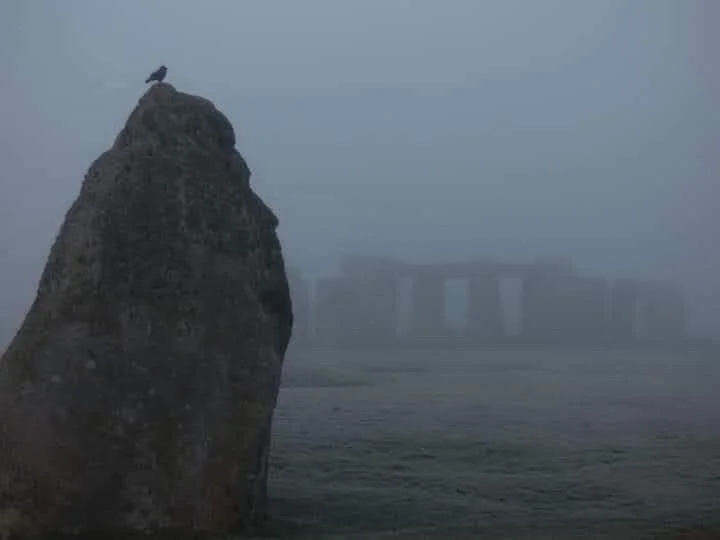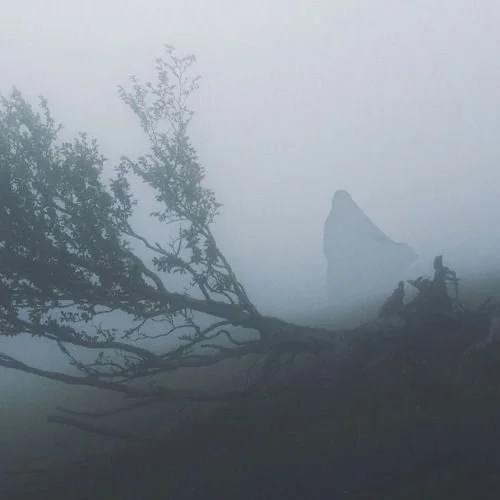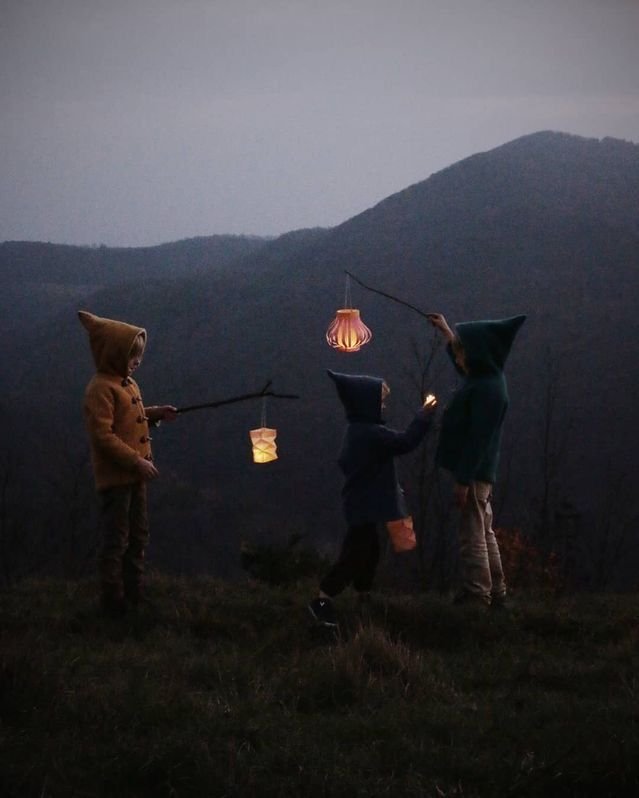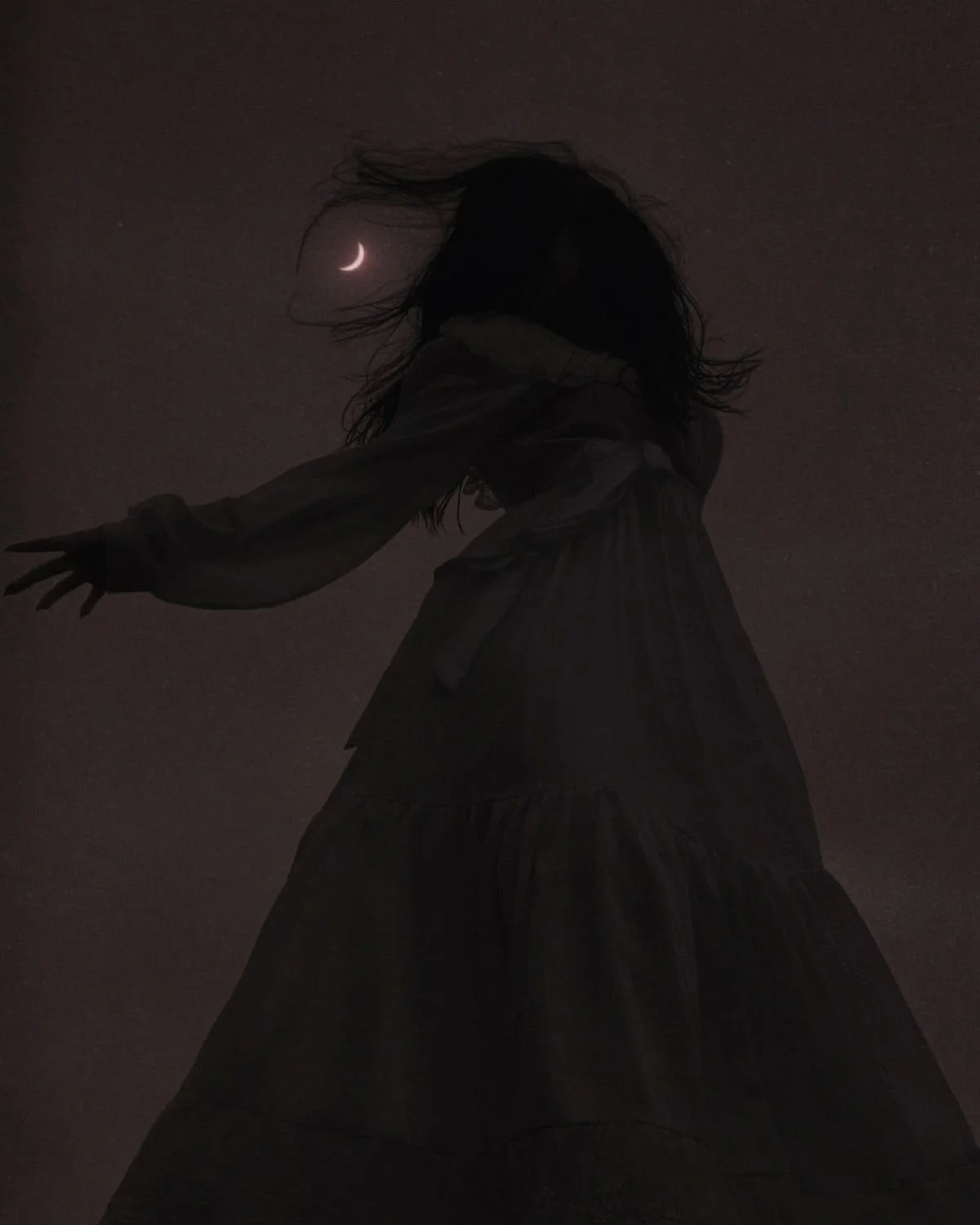Samhain: The Threshold of Darkness and Renewal
Samhain marks one of the two great doorways of the Celtic year, dividing the cycle into light and dark—the bright half beginning with Bealtaine and the dark half commencing with Samhain. For many Celts, Samhain was not merely a festival but the most important turning point of the year, symbolising death and rebirth, an ending and a beginning. It heralded the Celtic New Year, a time when life withdrew into darkness, and yet from that darkness, new beginnings whispered their first stirrings.
The Celts measured time not by the light of day but by the depth of night. Each day began at sunset. Even in language, remnants of this tradition endure—words like “fortnight,” meaning fourteen nights, preserve the memory of counting by nightfall.
The Celtic New Year’s beginning in darkness symbolises the understanding that creation and transformation begin in stillness and shadow.
These threshold moments—dusk and dawn, Samhain and Bealtaine—are liminal, existing between worlds, rich with potential and change.
Samhain is a door: an invitation to cross into the mystery of the dark.
The Cailleach: Keeper of the Dark Season
As autumn’s final fruits are gathered and the land sinks into winter’s stillness, the figure of the Cailleach emerges. The word Cailleach translates to “old woman,” “crone,” “veiled one”, or “hag,” and she embodies the deep wisdom of age, darkness, and the unseen. This is her time—between Samhain and Imbolc, between death and rebirth. In Celtic mythology, the Cailleach presides over the winter months, shaping and nourishing the land as it sleeps.
The Cailleach represents more than mere decay; she is the great mother of transformation. In the womb of her darkness, the seeds of light are nurtured. Her presence in myth reminds us that endings are never final—they are the fertile soil of beginnings.
As we know, the Celts did not have a creation myth in the conventional sense, but the Cailleach is that figure, as shaper of the land, she embodies creation itself. She is the ground beneath our feet, the archetype of wisdom and endurance. In moments of transition, when life asks us to release and renew, we are called to invoke her strength. Cailleach understands the language of transformation, for she has walked through the night and emerged reborn. She knows those crossroads.
Samhain and the Otherworld
Samhain was also the most enchanted and perilous time in the Celtic calendar—a period when the boundaries between this world and the Otherworld thinned to translucence. It was believed that at Samhain, the Faeries and the Sí roamed the land, and the spirits of the dead returned to their homes. Families would keep a place by the hearth for these visiting souls, honouring the enduring bond between the living and the departed.
The Sí, or “hollow hills,” were said to be entrances to the Otherworld—a realm not of eternal rest but of parallel existence. The Celts understood that the Otherworld was not distant but adjacent, separated only by perception. At Samhain, this veil grew thin, and the two worlds touched. Fire was used as protection, a living symbol of light holding back the chaos of the unseen.
Samhain’s liminality—the in-between state—mirrors our own experiences of transformation. In times of change, we too inhabit thresholds where the old dissolves and the new has not yet emerged. The masks, goblins, and ghosts of Samhain reflect the inner chaos that often accompanies transformation, where dissolution becomes the prelude to renewal.
The Adventures of Nera: A Journey Beyond the Veil
One of the most ancient tales associated with Samhain is The Adventures of Nera, which captures the Celtic belief in crossing between worlds. Nera enters the Sí on Samhain night and spends what feels like days in the Otherworld. When he returns, he carries proof of his journey: the “fruits of summer”—wild garlic, primroses, and buttercups—impossible gifts in November’s chill. The woman of the Sí tells him, “Bring the fruits of summer (toirthe samraid) with you,” linking the realms of life and death, summer and winter.
Interestingly, the word “Samhain” shares its root with “Samhradh,” the Irish word for summer, reminding us that the festivals of Bealtaine and Samhain are twin mirrors—six months apart—marking the eternal rhythm of growth and decay, light and shadow.
Sowing the Seeds of Renewal
In the darkness of Samhain, we are invited to sow seeds that will later bloom at Imbolc and Bealtaine. It is a symbolic act of trust—believing that from rest and silence, new life will emerge. The journey through darkness mirrors the “dark night of the soul,” where old identities fall away, and the new self begins to form.
As we cross the threshold of Samhain, we are asked to reflect: What must die within us to make way for rebirth? What must we release? What must we let rest in the fertile soil of stillness?
The wisdom of Samhain lies in its paradox—that death is not an ending but the essential ground of transformation. Out of the silence and the shadow, the light will return, renewed and reborn.
COURSE FEATURE
We will set our intention for the coming darker months: which seeds need to be sown in the darkness this Samhain that we can bring forth at Spring into new life.
We will explore the grief we experience during transition periods. Grief is a constant companion with change. So, to heal the patterns that no longer serve us, we need to meet the grief inherent in that transition. We can acknowledge that those old patterns kept us safe when needed, but it is time to make space for a new way of life. We will cross the thresholds of change and learn, through the wisdom of the ancient Crone - The Cailleach, how we can support ourselves in the liminal places.





